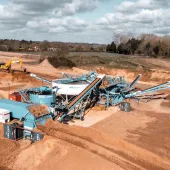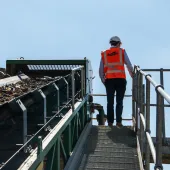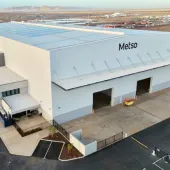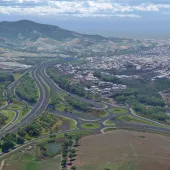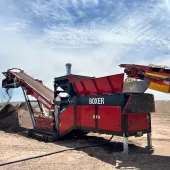One million tonnes and zero parts cost
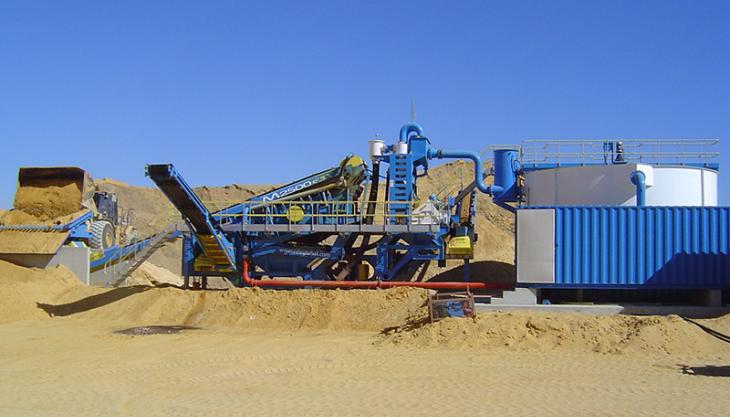
CDE sand and gravel plant generates substantial cost savings while achieving optimum capacity
WA Limestone’s sand and gravel plant is now in its fourth year of operation having produced some 1 million tonnes of concrete sand and gravel in its first three years.
Since its installation at the company’s site in Perth, Western Australia, in 2011, WA Limestone have not needed to purchase any parts or service repairs other than routine plant maintenance, which has generated substantial cost savings while ensuring optimum capacity at a rate of 200 tonnes/h.
Following a visit to Bauma 2010, WA Limestone took the decision to replace their existing equipment in order to produce more consistent sand and gravel products for their own concrete plants, with the aim of supplying material to construction markets throughout Perth. As a result, WA Limestone invested in an M2500 mobile washing plant and an AquaCycle thickener from materials washing specialists CDE Global.
According to CDE Global engineering manager Sean Kerr, the ability of the plant to run effectively is primarily due to the durability of its design. ‘The use of the highest-quality polyurethane screen decks within the ProGrade P2-75 rinsing screen maximizes plant life and offers the highest level of resistance to abrasion during the aggregate screening process,’ he explained.
Mr Kerr went on to highlight the discharge position from the M2500 feed conveyor, which ensures that material is delivered right to the back of the screen, maximizing the available screening area. The easily replaceable modular polyurethane screen panels also reduce the time required for plant maintenance, thereby increasing the plant’s productivity.
Moreover, the spraybar assembly on the ProGrade P2-75 rinsing screen is mounted independently of the screen box, which, in turn, eliminates vibration and helps extend the life of the plant. The ProGrade also features a ROSTA tensioned drive unit for increased belt life and efficiency. As the belts are held in constant tension they are not subjected to any shocks as the screen rotates.
Design features within the integrated EvoWash have also been proven to eliminate wear, such as the rubber-lined feedbox which not only maximizes the screening area on the dewatering screen, but also minimizes the impact of material directly on to the screen deck. Likewise, rubber lining of the pipework, discharge chute and cyclone of the EvoWash help ensure maximum wear resistance.
CDE say their focus in Australia is on the development of business in the sand and gravel and crushed rock sectors, as well as the growing C&D waste-recycling market through the introduction of the EvoWash sand washing plant and the M2500 mobile washing plant, which offers feeding, screening, sand washing and stockpiling on one single compact portable chassis.
Steven Bella-Dona, director of WA Limestone, commented: ‘Since our investment in the sand and gravel plant from CDE Global in 2010, we have been extremely pleased with the performance of the plant and its capability to process large volumes of material effectively. Since installation, the plant has performed as promised, allowing us to achieve optimum productivity with little or no maintenance costs during this time.’
Terry Ashby, regional director for CDE Global, said: ‘Our sand and gravel washing systems have been employed by many of the leading construction materials companies around the world to improve efficiency of their operations and add value to their final sand and aggregate products, and this is certainly also the case for WA Limestone.
‘The efficiency improvements that the M2500, in particular, has offered is evident in this case, particularly given the volume of material which has been processed through the plant and the company’s savings on parts and maintenance over the three-year period.’


